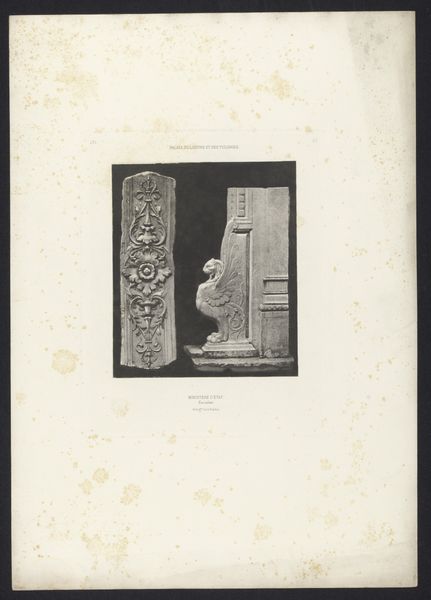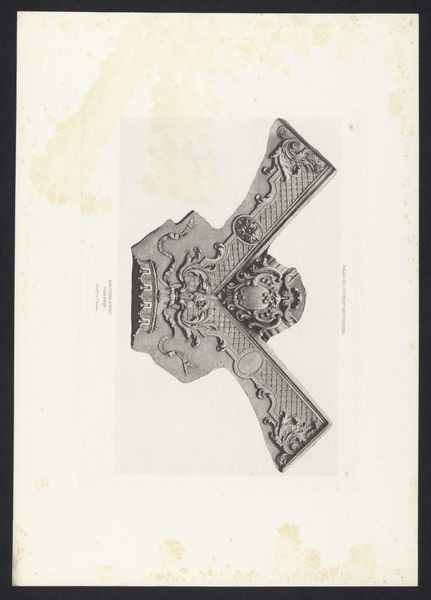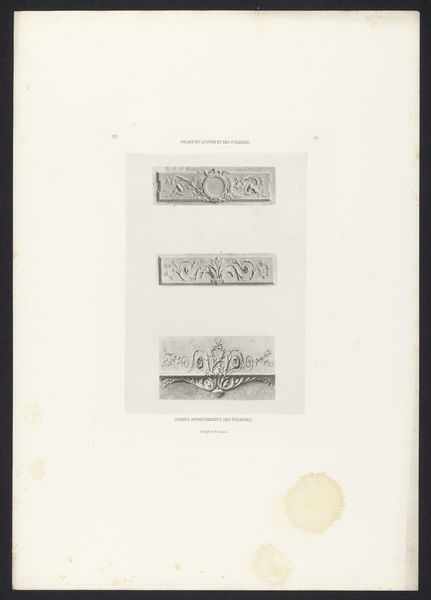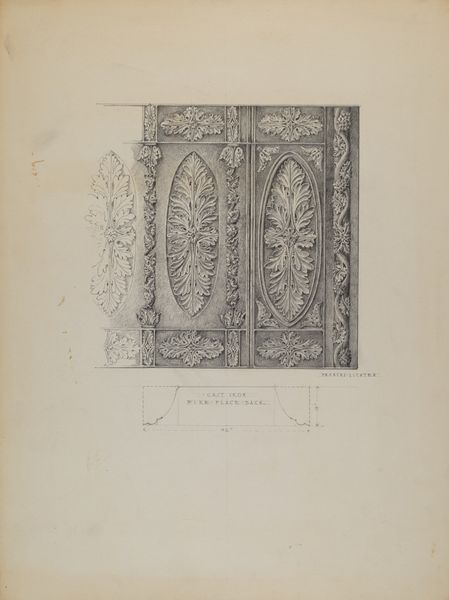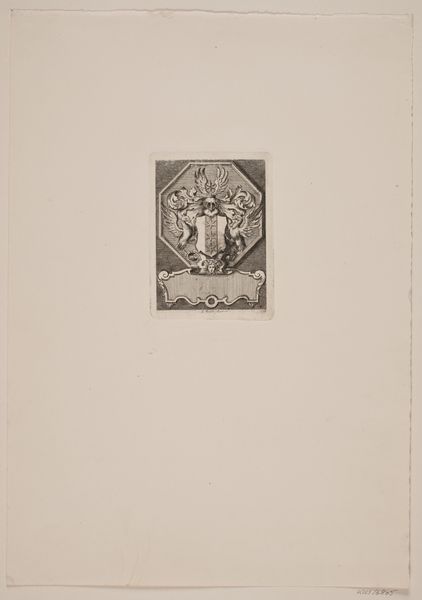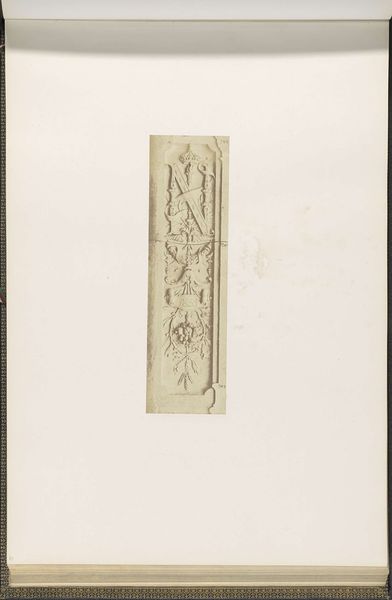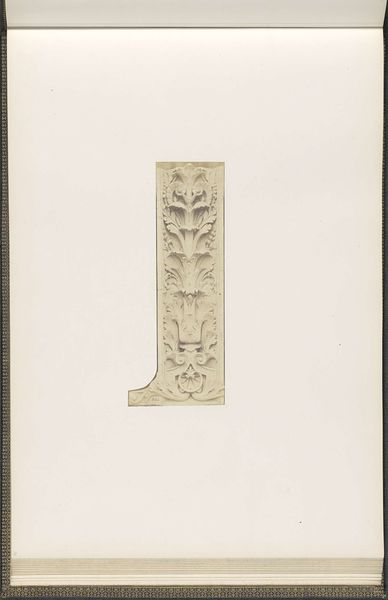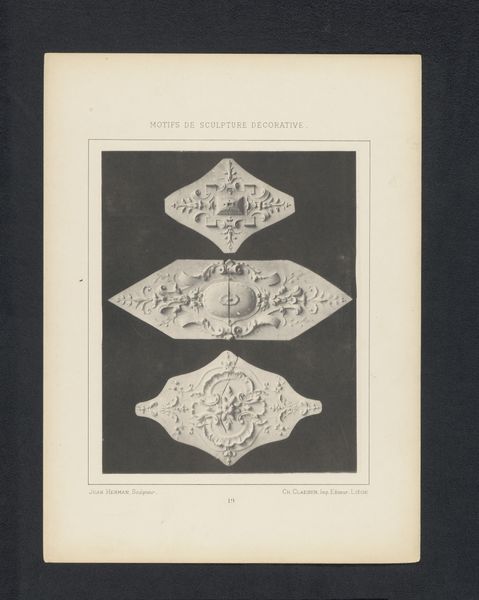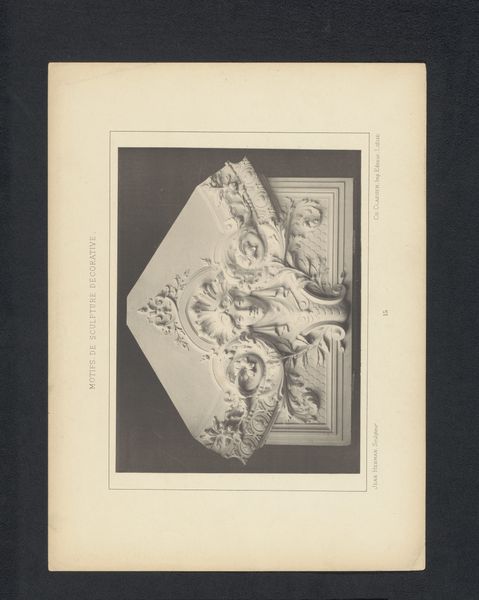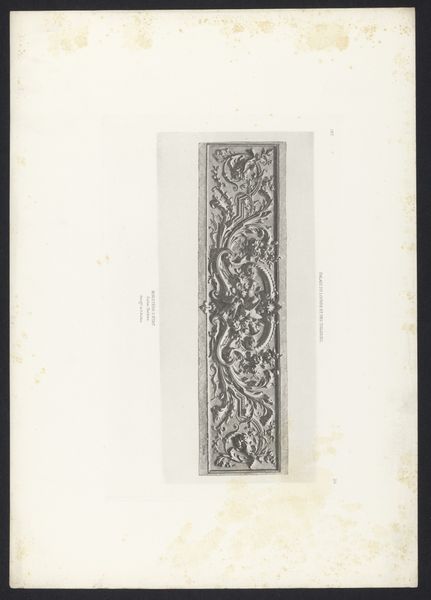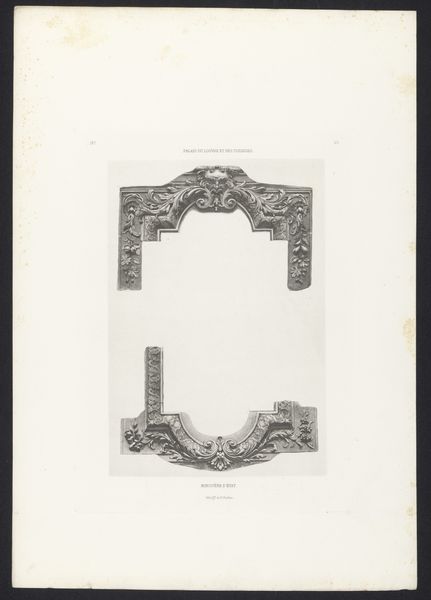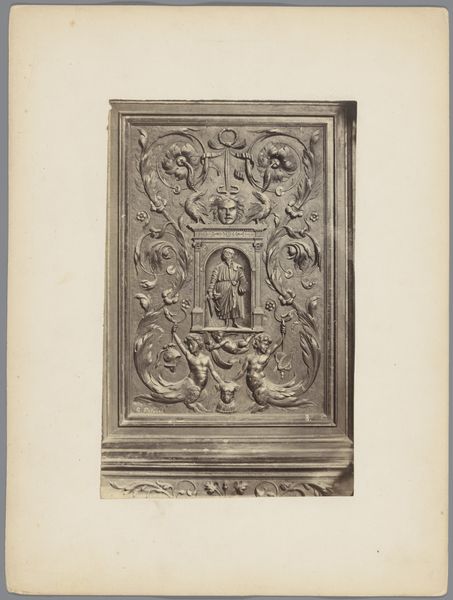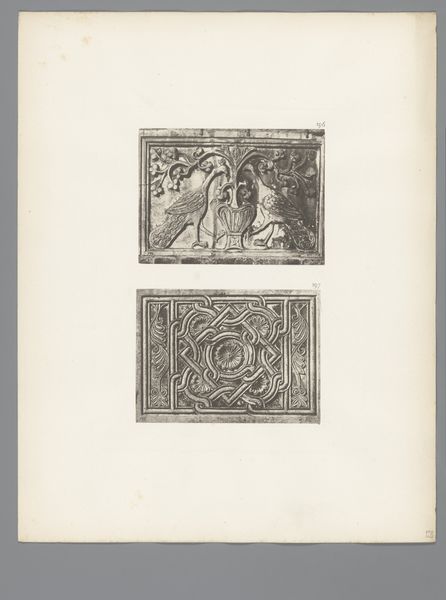
Dimensions: height 231 mm, width 154 mm
Copyright: Rijks Museum: Open Domain
Editor: This is a print entitled "Reliëfs uit het Palais des Tuileries te Parijs," or "Reliefs from the Tuileries Palace in Paris," made before 1870, by Edouard Baldus. It depicts architectural reliefs and embodies neoclassicism. There's almost a ghostly feel to these engravings, a quiet elegance... what stories do you think they whisper, knowing the history they've witnessed? Curator: Whisper, yes, that's precisely the right word! They whisper of revolution, of emperors, and of a France striving to define itself through its art and architecture. Baldus has captured not just the *look* of these reliefs, but their very essence, don't you think? Think of the Tuileries Palace – a stage for so much drama. This is like catching a glimpse behind the curtain. What strikes *me* is the intentionality behind presenting these particular carvings. It prompts me to ask, what did Baldus want the viewer to feel about this lost monument? Nostalgia? Regret? A sense of history’s impermanence? Editor: Impermanence...that rings true, especially knowing the palace no longer exists. Do you see specific artistic choices reflecting that feeling? Curator: The almost clinical detachment of the engraving style serves to preserve them, like specimens. But there's also an inherent melancholy in documenting something that's destined to vanish. The floral motifs, so intricately rendered, are themselves symbolic of fleeting beauty. And isn’t there a slightly dreamlike quality to the print's delicate lines and muted tones? A sort of… faded grandeur? Editor: I see that. So, it's not just a record but almost an elegy, beautifully capturing that very human experience of loss and remembrance. That faded grandeur is poignant. Curator: Exactly! Perhaps it makes us appreciate even more the fragments that remain.
Comments
No comments
Be the first to comment and join the conversation on the ultimate creative platform.
